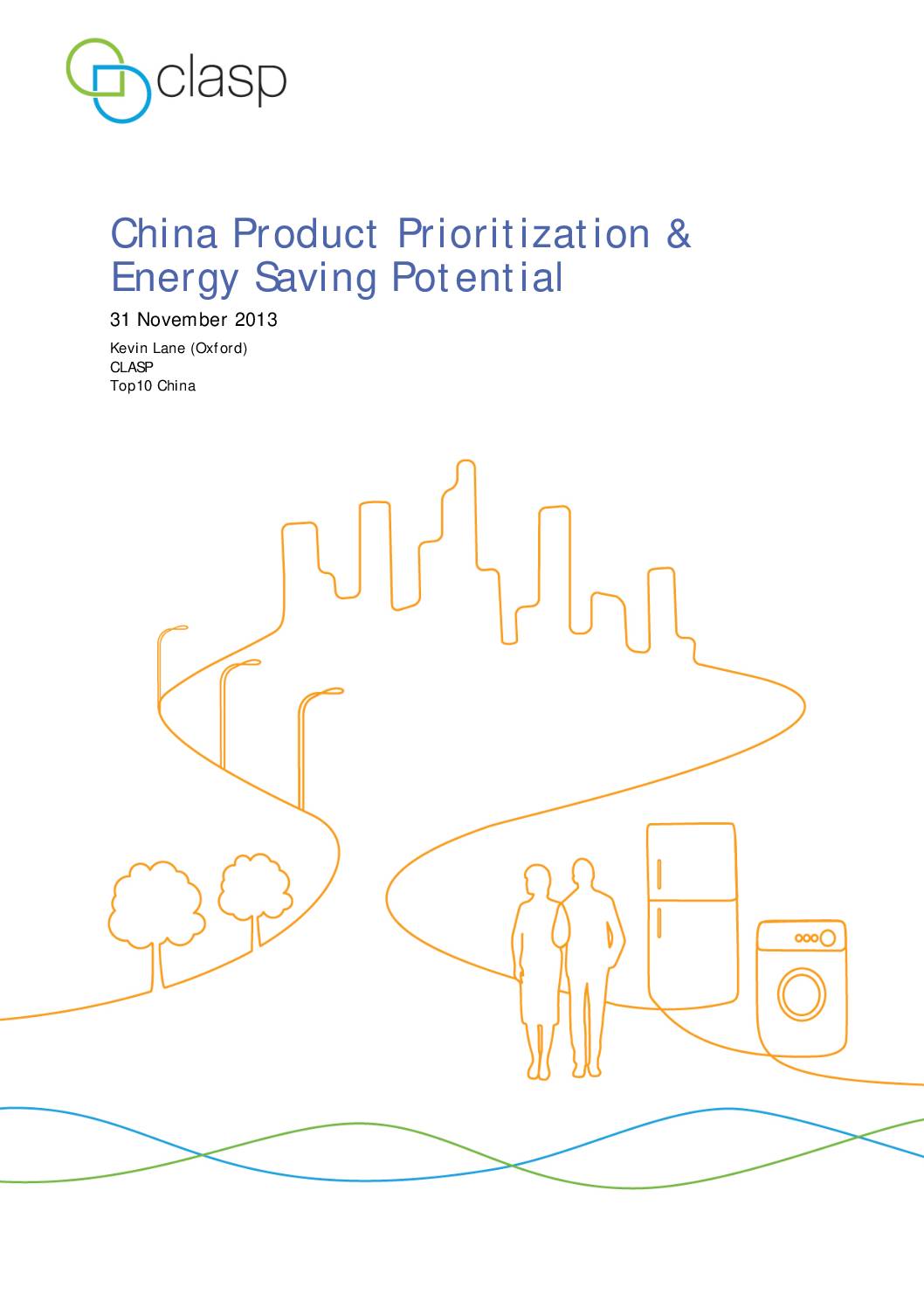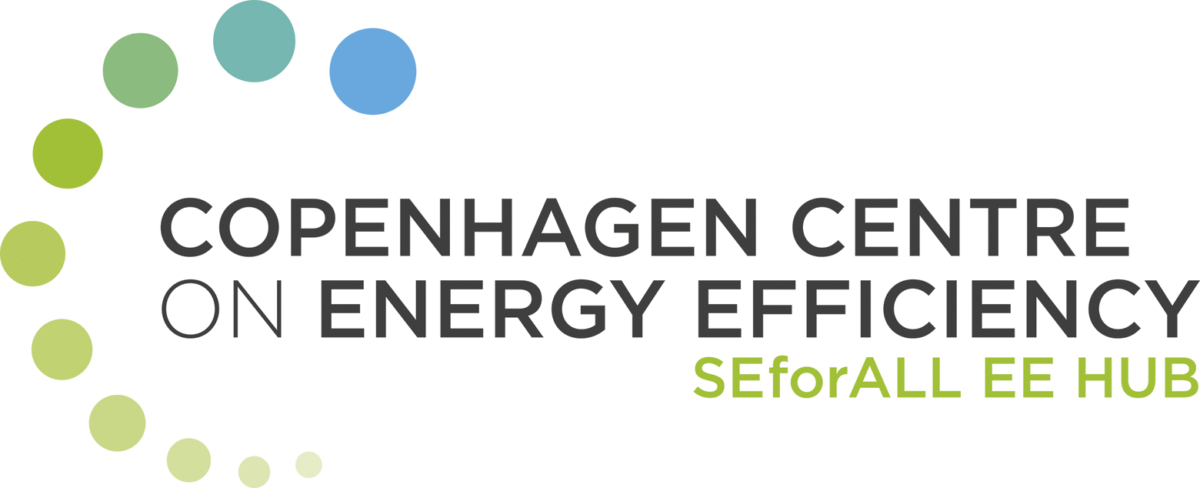A growing number of households and rising consumer prosperity are driving a rapid increase in energy consumption by consumer appliances in China. The Chinese Government has already implemented a series of policies to improve product energy efficiency, such as minimum energy performance standards (MEPS) and energy labeling. However, China’s rapidly developing market and recent improvements in appliance technology have rendered some of these policies out-of-date.
In 2013, CLASP and its partners completed Market Analysis of China Energy Efficient Products (MACEEP), a study that identifies where China’s appliance energy efficiency policies are not keeping pace with emerging technologies or rapid market shifts for nine products. MACEEP provides policy recommendations to assist the China National Institute of Standardization (CNIS) in updating MEPS, labeling policies, and test procedures accordingly.
In order to provide CNIS with an estimate of how much energy could be saved from revising existing policies, and to assist them in prioritizing policies for revision, CLASP and Kevin Lane (Oxford) conducted an energy savings potential (ESP) analysis. Incorporating the methodology and results of a previous CLASP-funded study by Lawrence Berkeley National Laboratory (LBNL), China Product Prioritization & Energy Saving Potential evaluates potential energy savings from policy revisions to 11 products, based on three main scenarios:
Business as usual (BAU), in which no revisions are made to the current appliance policies;
Revised MEPS (MEPS2), in which the Chinese Government revises energy performance levels for standards and labels as recommended in the MACEEP study; and
Best on Market (BOM), in which the Chinese Government adopts energy performance levels that are aligned with those of the most efficient products currently on the Chinese market.
Within these scenarios, the ESP study shows that the following cumulative energy savings are possible in 2030:
Based on the combined results of CLASP and LBNL’s analyses, the ESP study also draws the following conclusions:
Air conditioners and water heaters should be priorities for policy actions, based on potential energy savings and carbon emission reductions, as well as the likelihood of those savings being realized.
There is a need for further study to better understand and account for the in-home use of appliances, particularly water heaters.
When prioritizing products and policy measures, other factors may also be considered, including the impact on load (and not just total energy consumption), the ability of supply side to meet improved performance requirements, the cost of higher performance levels to the government or consumers, and the regulatory ease and secondary benefits of revising policies for a given product.
Technology-neutral labels would allow consumers to directly compare functionally-different products on the same basis, such as electric heat pump water heaters and electric resistant water heaters. Even for products where technology improvements are the main driver in efficiency increases, such supportive policy actions can bolster the most efficient models.
This study was authored for CLASP by Kevin Lane, with support from Top10 China and CLASP’s China program.
Share this

Sectors: Buildings, Equipment and appliances, Industry, Renewables
Country / Region: Asia, China
Tags: efficiency labelings, energy, energy efficiency, energy input labelings, energy saving potentials, energy savingsKnowledge Object: Publication / Report
Published by: CLASP
Publishing year: 2013
Author: Kevin Lane, CLASP, Top10 China
